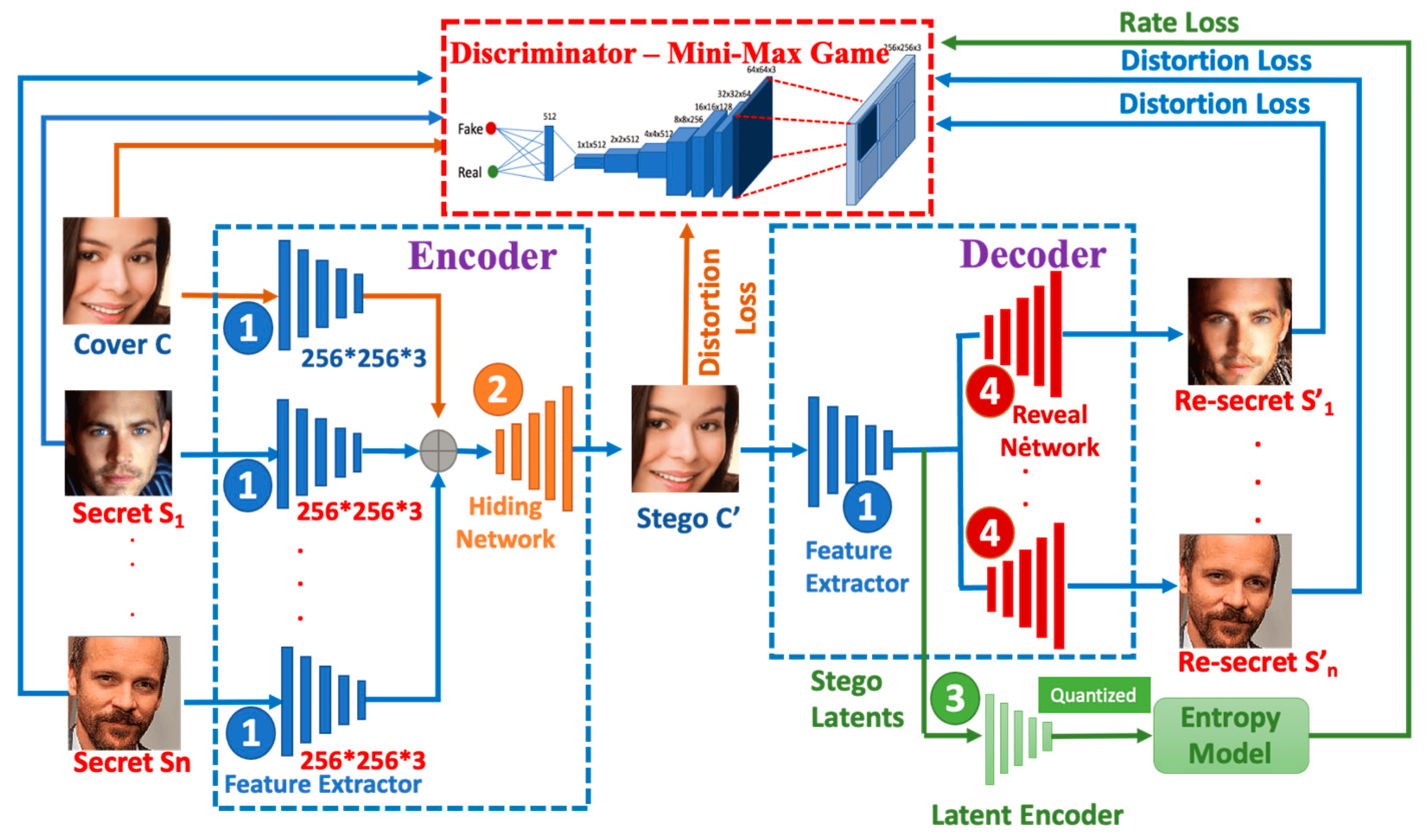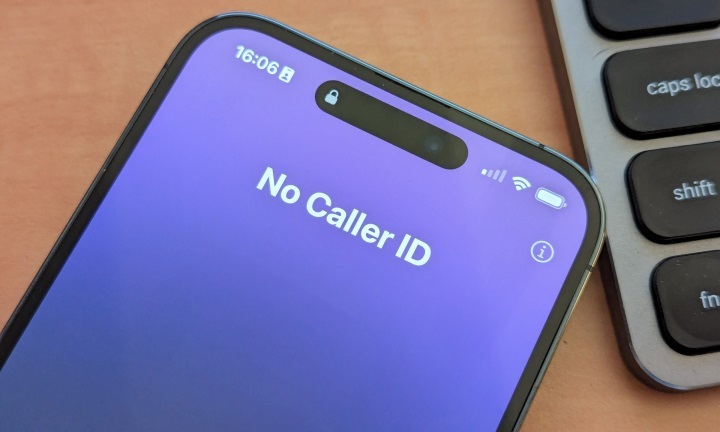2 Advanced Cybersecurity Techniques to Prevent Backdoor Exploit
A single web security practice can never be enough to foil hacking attacks for an entire organization. That’s because an entire organization means many many devices and many many users/employees using those devices. On top of that, more than 60% of employees work from home nowadays. Clearly, the online landscape is changing and so should you if you want to protect your organization from backdoor exploit.
Making a strong backdoor password for all devices, every device having a different password, installing a firewall and antivirus are the cybersecurity practices that have existed for decades. And, to be honest, these are the first few security layers that will always be important. It’s just that that hackers have come up with so many phishing techniques that the practices listed above might not be able to protect an entire organization single-handedly.
However, when the basic web security techniques are compiled with advanced cybersecurity techniques, the organization becomes close to invincible. Want to know what are the advanced cybersecurity practices we are talking about? If yes, then just read through until the end.
- The MFA Technique for System Protection
A strong backdoor password is hard to crack. But if cracked, and the system that’s become vulnerable has MFA enabled, the hackers still won’t be able to access the information stored in the system despite they have the backdoor password.
Here’s how it works
MFA means multi-factor authentication, which means that there are 3 or more factors (besides backdoor password) standing between the information in the system and the internet. These factors could be the fingerprint of the user, the retina scanning, and so on. Needless to say, these factors are very hard to be breached. And as long as even a single factor is standing unbreached, the system is inaccessible.
- VPN for System Protection
When employees are working from home, it gets very hard for an organization to maintain cybersecurity. Since every remote system is running on a home router, there’s not much that an organization can do from the end of the employees. But, using a VPN, Virtual Private Network, can help a lot.
When a VPN is used, every remote system has to pass through it. VPN is like a security tunnel where the system is scanned for loopholes or vulnerabilities of any kind. Once the VPN finds the system clean, only then the employees are granted access to the system. This is an amazing practice that should be followed for all remote devices seeking permission to access the system.
On a closing note, these measures might seem a bit too strong, but desperate times require strong measures. Since hackers have started using COVID to launch advanced phishing attacks, organizations need to adopt advanced cybersecurity measures too.



















